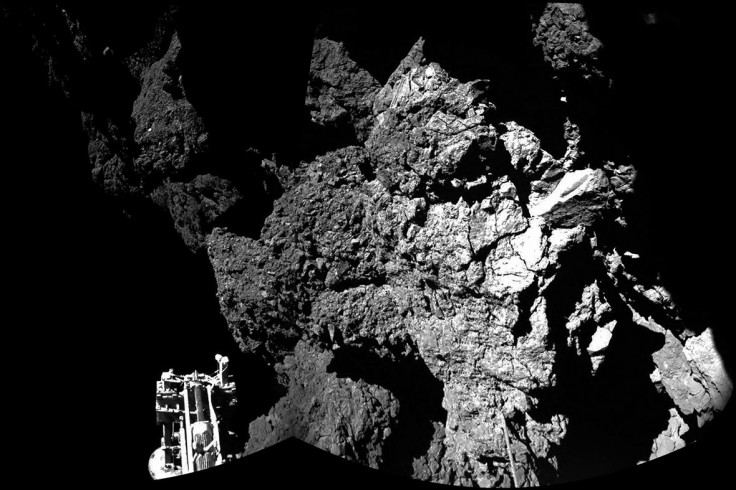Philae comet lander wakes up from hibernation and sends tweet to Earth

The European Space Agency (Esa) announced that its comet lander Philae has contacted Earth.
The probe, which was in hibernation, became the first spacecraft to land on a comet when it touched down on the surface of 67P in November.
It was hoped that Philae would operate for three months, but it worked for just 60 hours before its solar-powered battery went flat. Scientists estimate that it landed too close to the cliff wall, which blocked most of the sunlight.
But since the comet has been moving nearing the sun, Philae regained enough energy to communicate again.
The probe tweeted the message: "Hello Earth! Can you hear me?"
Hello @ESA_Rosetta! I'm awake! How long have I been asleep? #Lifeonacomet
— Philae Lander (@Philae2014) June 14, 2015The German Aerospace Centre, which operates Philae, said on Sunday that the probe communicated with the ground team on Earth for 85 seconds on Saturday evening.
"Philae is doing very well. It has an operating temperature of -35C and has 24 Watts available," said Philae project manager Stephan Ulamec. "The lander is ready for operations."
Scientists say they now waiting for the next contact, according to an AP report. Philae is designed to analyse ice and rock on the comet.
The Rosetta probe took 10 years to reach the comet, and the lander – about the size of a washing machine – bounced at least a kilometre when it touched down.
Before it lost power, Philae sent images of its surroundings which showed it was in a type of ditch with high walls blocking sunlight from its solar panels.
Its exact location on the comet has since been a mystery – until now.
Philae's mission was to land successfully on the surface of a comet, attach itself, and transmit data about the comet's composition.
Greetings from #67P! Here\'s how the view\'s looking from around 200km. #CometWatch 5 June: http://t.co/8ycb1bNE1S pic.twitter.com/dFwJxcERAR
— ESA Rosetta Mission (@ESA_Rosetta) June 12, 2015© Copyright IBTimes 2024. All rights reserved.






